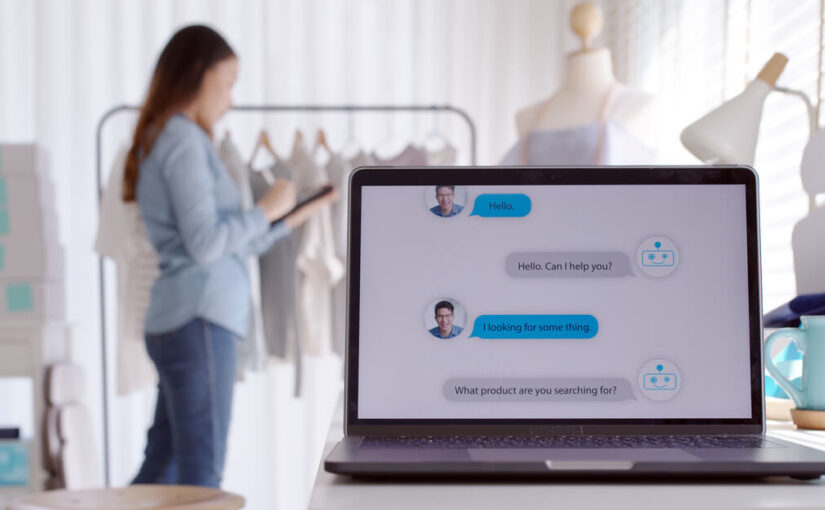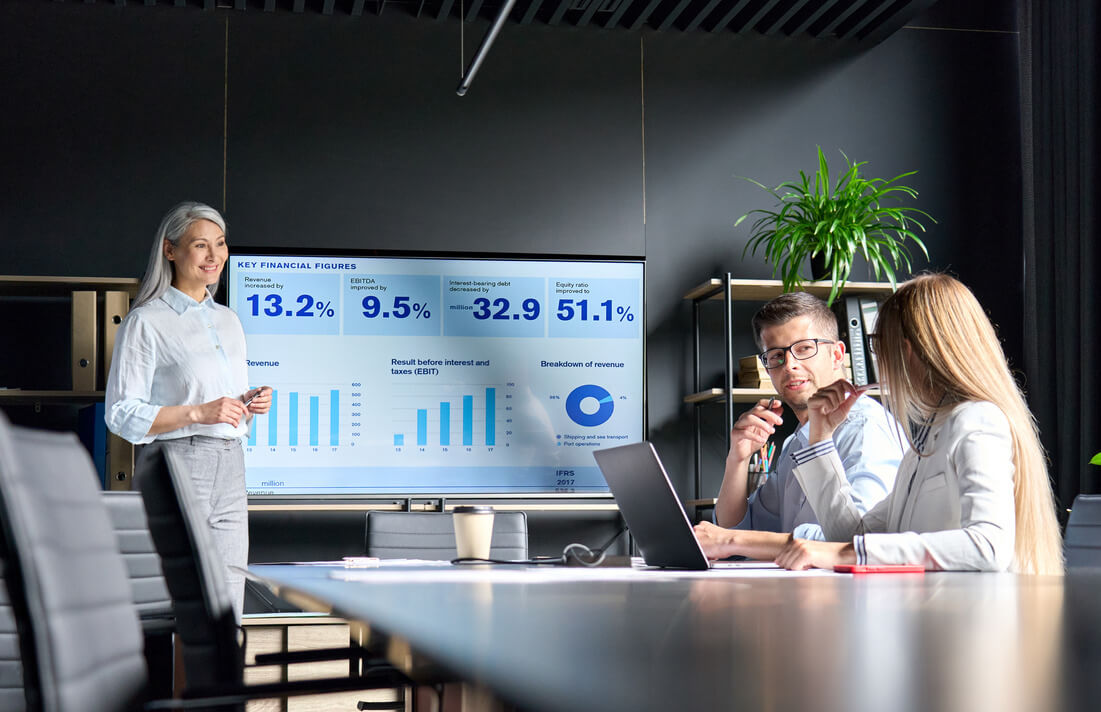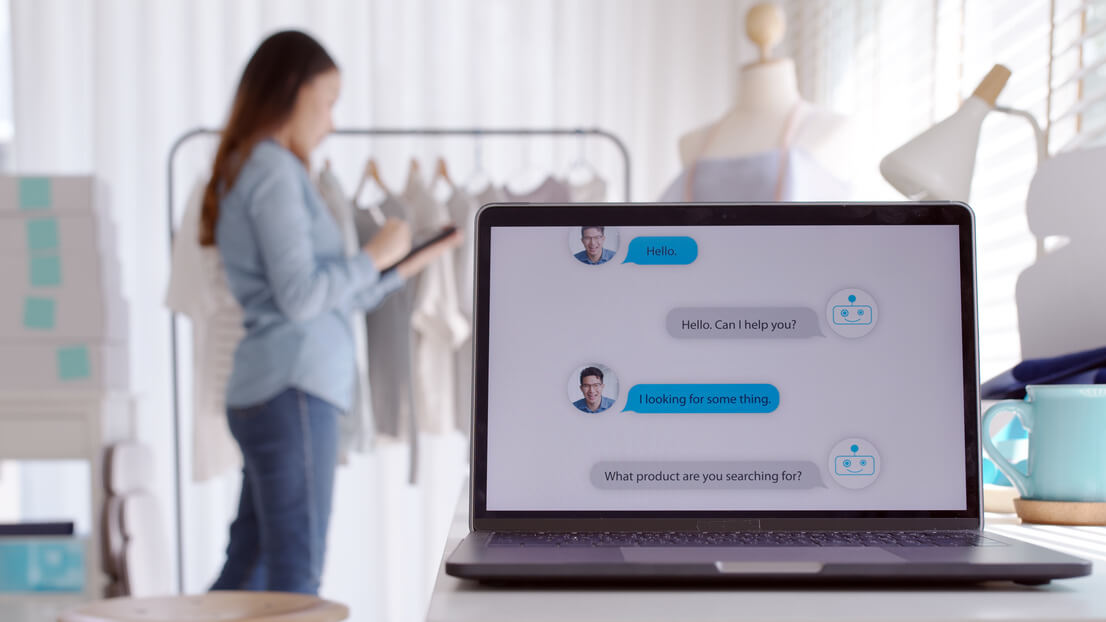Can Technology Help You Find True Love?
Technology has revolutionized the way we communicate, work, and even find love. Dating apps like Tinder, Bumble, and Hinge have become increasingly popular over the years, providing users with an easier and more convenient way to meet potential partners. But can technology really help you find true love? In this article, we will explore the role of dating apps in modern romance and examine whether they are a useful tool for finding long-term, meaningful relationships.
The Convenience of Dating Apps
One of the main appeals of dating apps is their convenience. With just a few swipes or clicks, users can browse through potential matches and connect with people who share their interests and values. Dating apps like milfslocal.com also allow users to filter their search results based on factors like age, location, and even specific hobbies or interests.
For busy professionals or those who live in remote areas, dating apps can provide a way to meet new people that might not be possible otherwise. They also eliminate the need for awkward first encounters, allowing users to get to know each other online before meeting in person.
The Science of Compatibility
But can dating apps actually help users find compatible partners? Some dating apps use sophisticated algorithms to match users based on factors like shared interests, geographic proximity, and even personality traits, check here for more info. This can increase the likelihood of finding someone who is compatible and shares similar values and interests.
In addition, some dating apps now offer features like video chat and virtual dating events, which can help users get to know each other better before deciding to meet in person. These tools can be especially helpful for people who are hesitant to meet up with someone they met online.
The Risks of Online Dating
Despite the potential benefits of dating apps, there are also risks to consider. Online dating can sometimes feel impersonal, and users may find it difficult to establish a genuine connection with someone they have only communicated with online.
There are also risks associated with meeting up with strangers, such as the potential for physical harm or emotional distress. It is important for users to exercise caution when using dating apps, and to take steps to protect their personal information and physical safety.
The Importance of Human Connection
Ultimately, finding true love requires more than just a sophisticated algorithm or a convenient app. While dating apps can be a useful tool for meeting new people and finding potential partners, they cannot replace the importance of human connection and chemistry.
Successful relationships require communication, shared values, and physical attraction. While dating apps can help users identify potential matches, it is up to the individuals involved to nurture and develop those connections into meaningful, long-term relationships.
In conclusion, dating apps can be a helpful tool for those looking to find love in the digital age. They provide a convenient and efficient way to meet new people and can help users identify potential matches based on shared interests and values. However, it is important to remember that dating apps cannot replace the importance of human connection and chemistry, and that successful relationships require effort and commitment from both parties.
If you are considering using a dating app to find love, it is important to approach the process with an open mind and to exercise caution and common sense. By doing so, you may just find the true love you have been searching for.…










